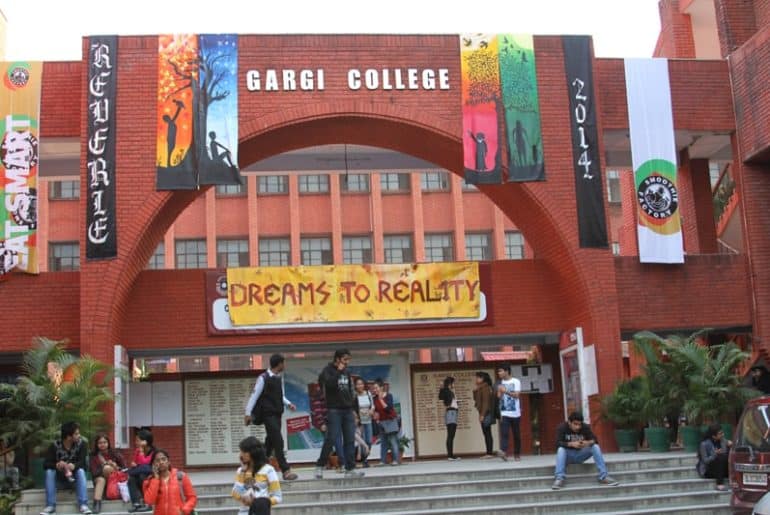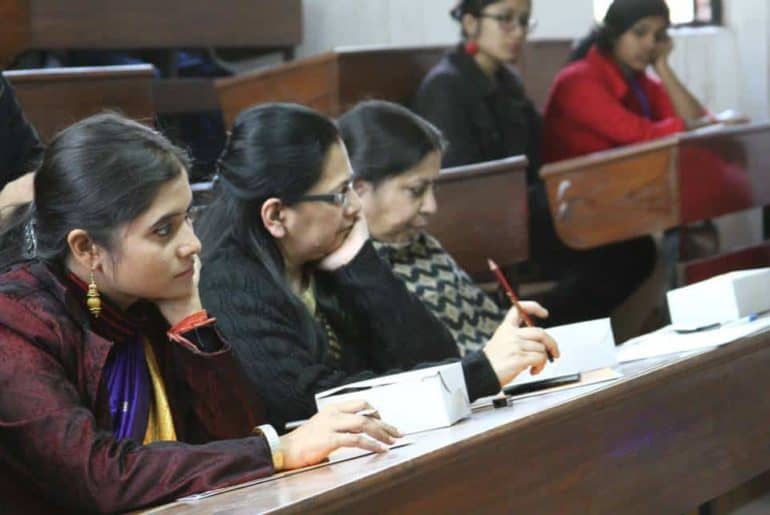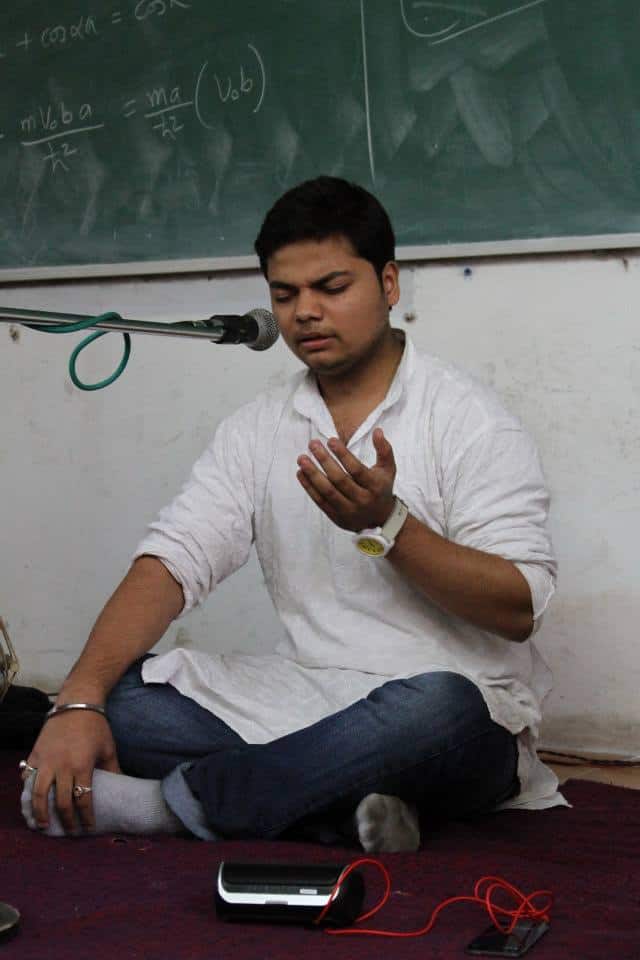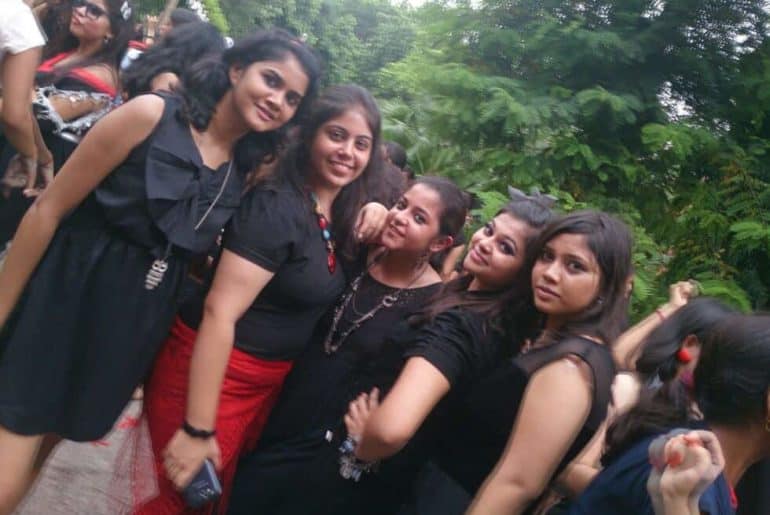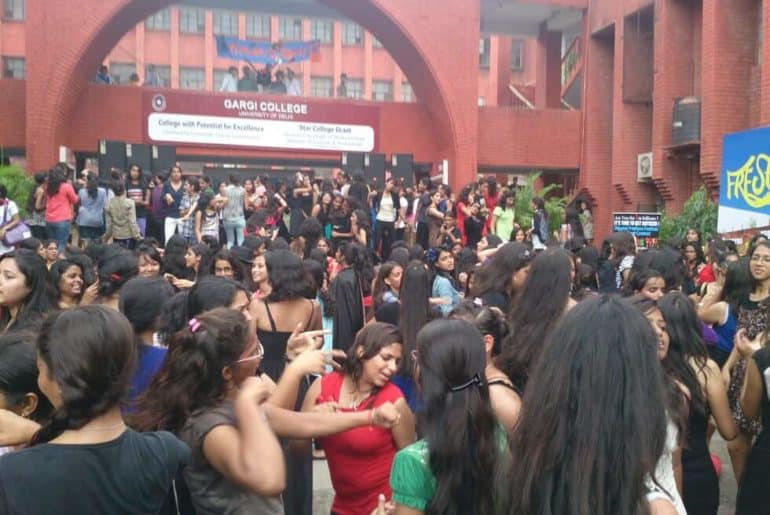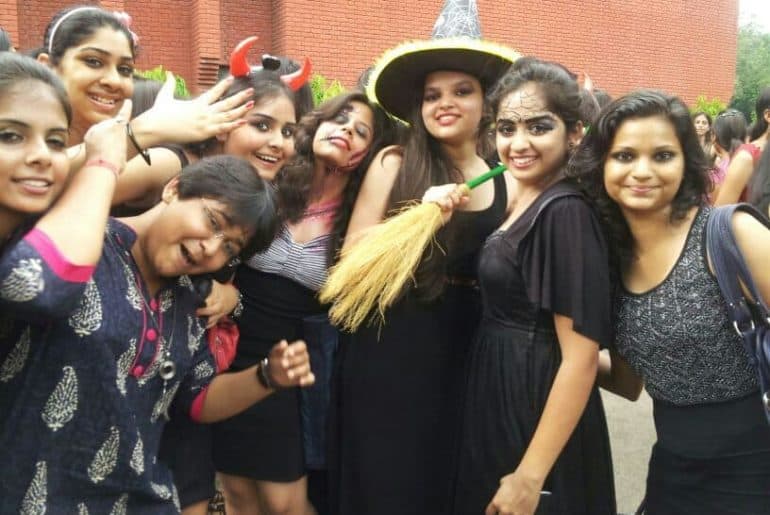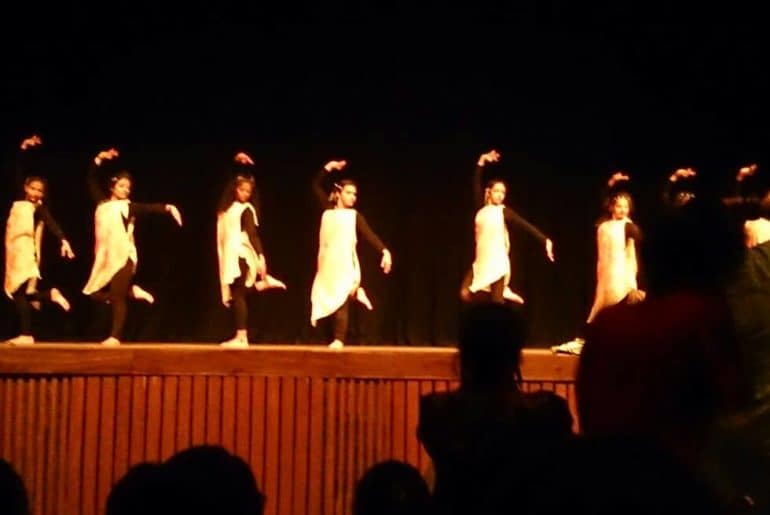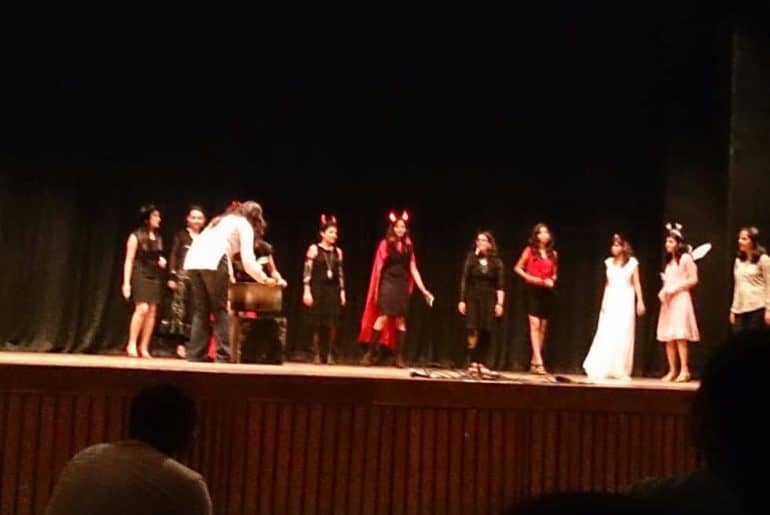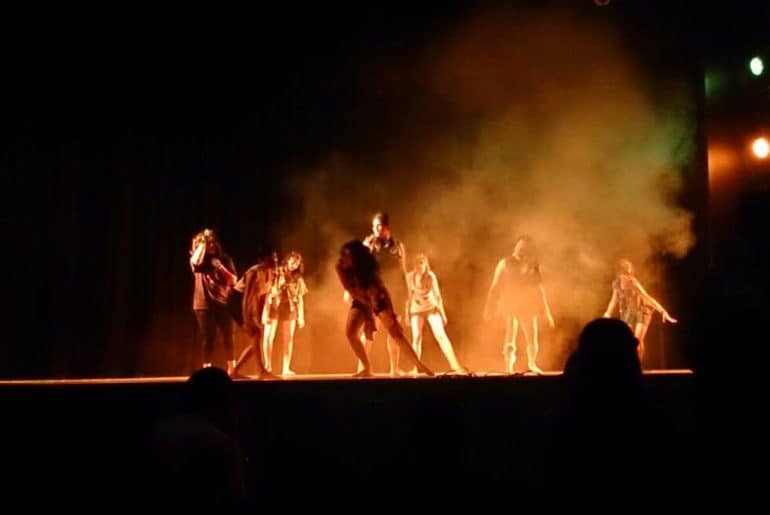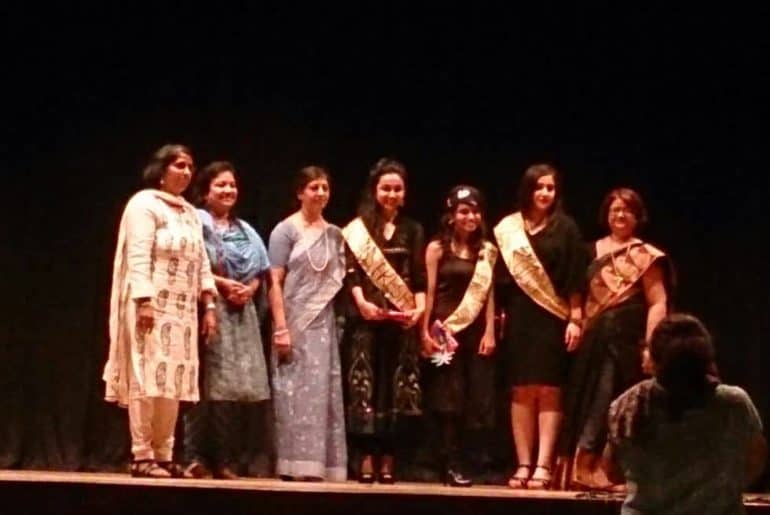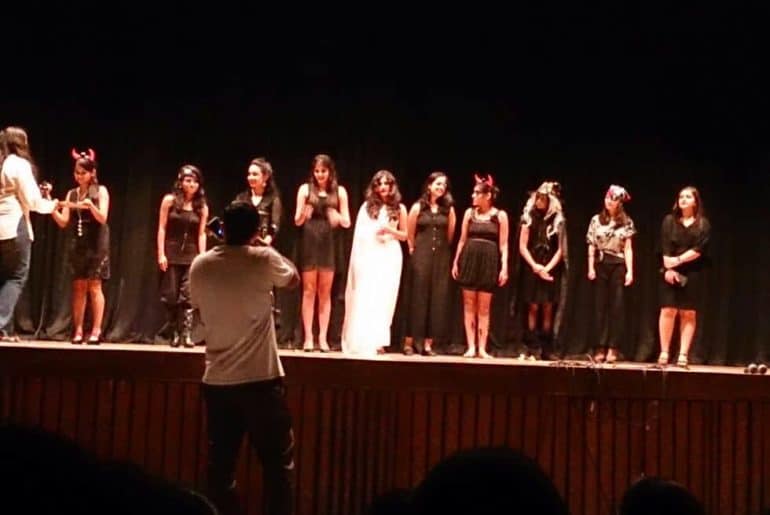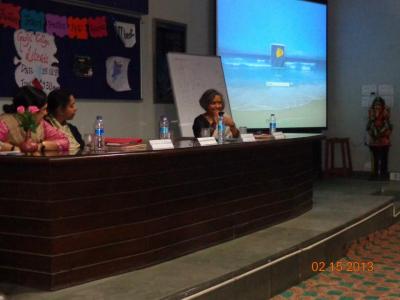Sameeksha, the Hindi Debating Society of Gargi College organised two events on 5th February, as a part of the college’s Annual Fest – Reverie 2014. While the first event was a Hindi Extempore Competition, the second was a Hindi Debate Competition.
The event saw participation from almost 16 students. They were each given 1 minute to think and 2 minutes to speak.
Some of the topics for the event were ‘loo tantra, bheed tantra mein badal rha hai’, ‘kya kavi keval kalpana mein hi keen hai’ and ‘urbanization and reduction of villages’.
Aseem Aggarwal from Hindu college bagged the top position. Mohit from the Faculty of Law and Tajwar from Gargi college went away with the second and third prizes respectively.
The event was judged by Mr. Upendra, Editor of Samwad. He was accompanied by Ajay Kumar, member of the psychology department of Gargi college and Zola Kisha Adhikari.
For the debate competition, a total of 7 teams spoke on the topic – ‘Videshon mein bhartiya pratibha palayan – Majboori ya mahatvkanksha’ (English translation: Brain drain in India – Helplessness or aspiration)
The debate was judged by Dr. Viresh Raj Sharma, a Ph.D from Jawaharlal Nehru University (JNU) and Krishna Meena, an Assistant Professor at Gargi College.
At the end of the debating sessions, Deepanshi from Gargi College won the first prize. Mohit from Faculty of Law bagged the second prize in this event as well while Vikas from Sri Venkateswara College attained the third spot.
Catch live updates from Reverie 2014 here | Visit the Reverie 2014 Facebook Album here

